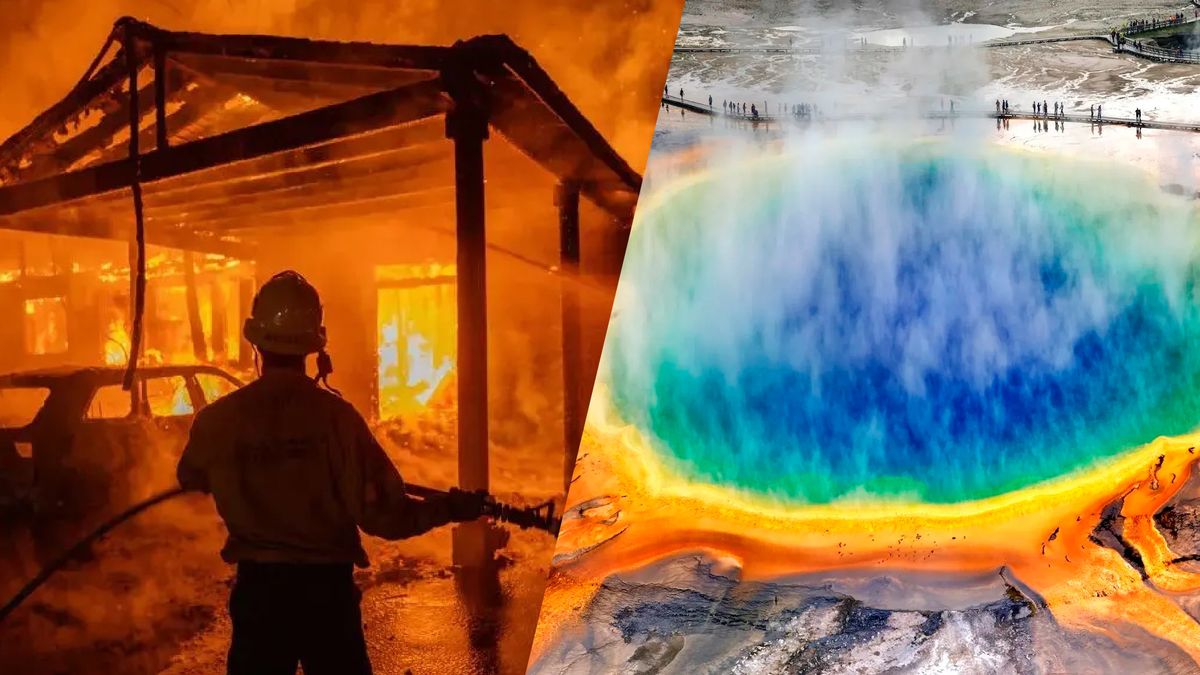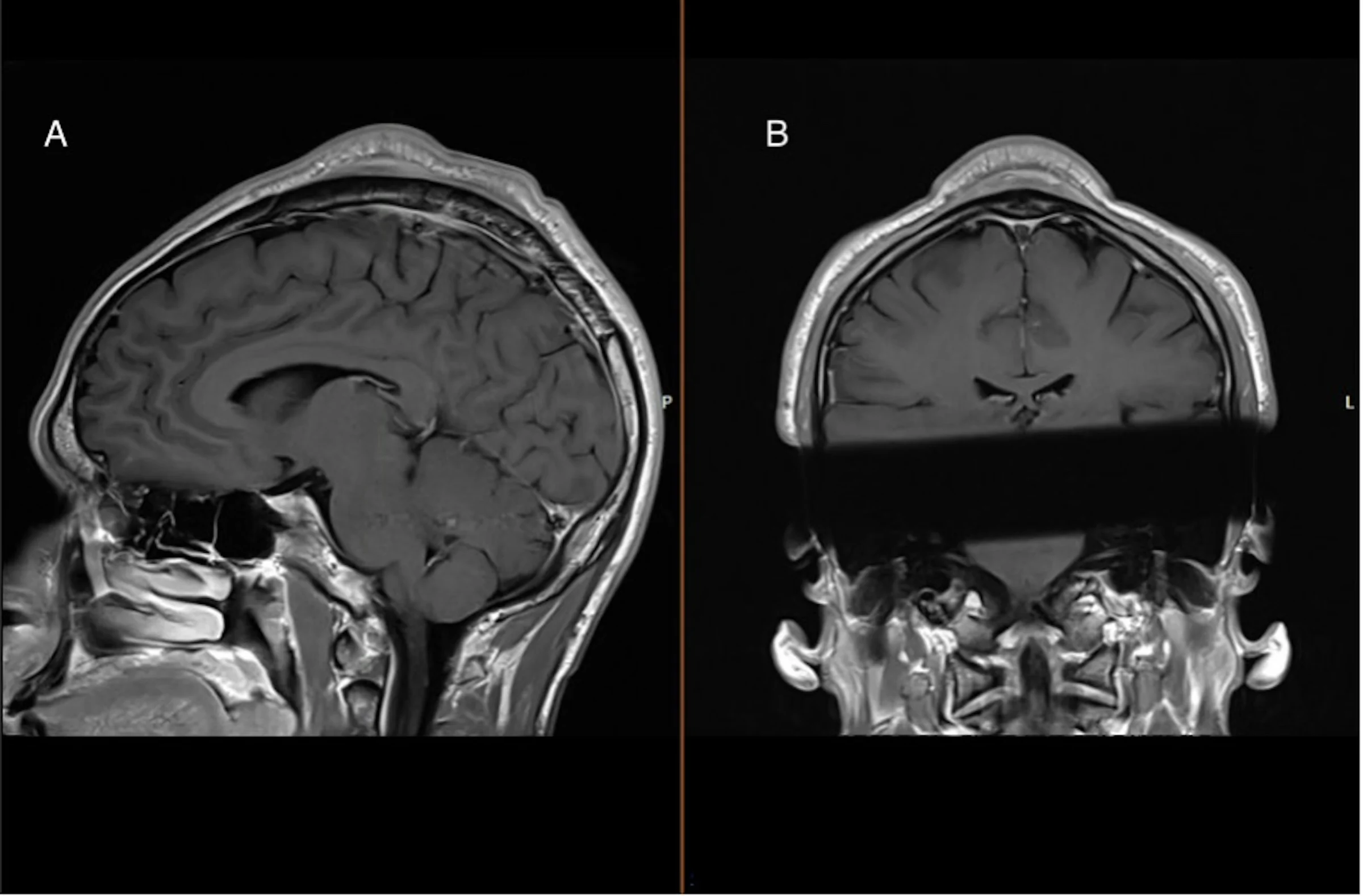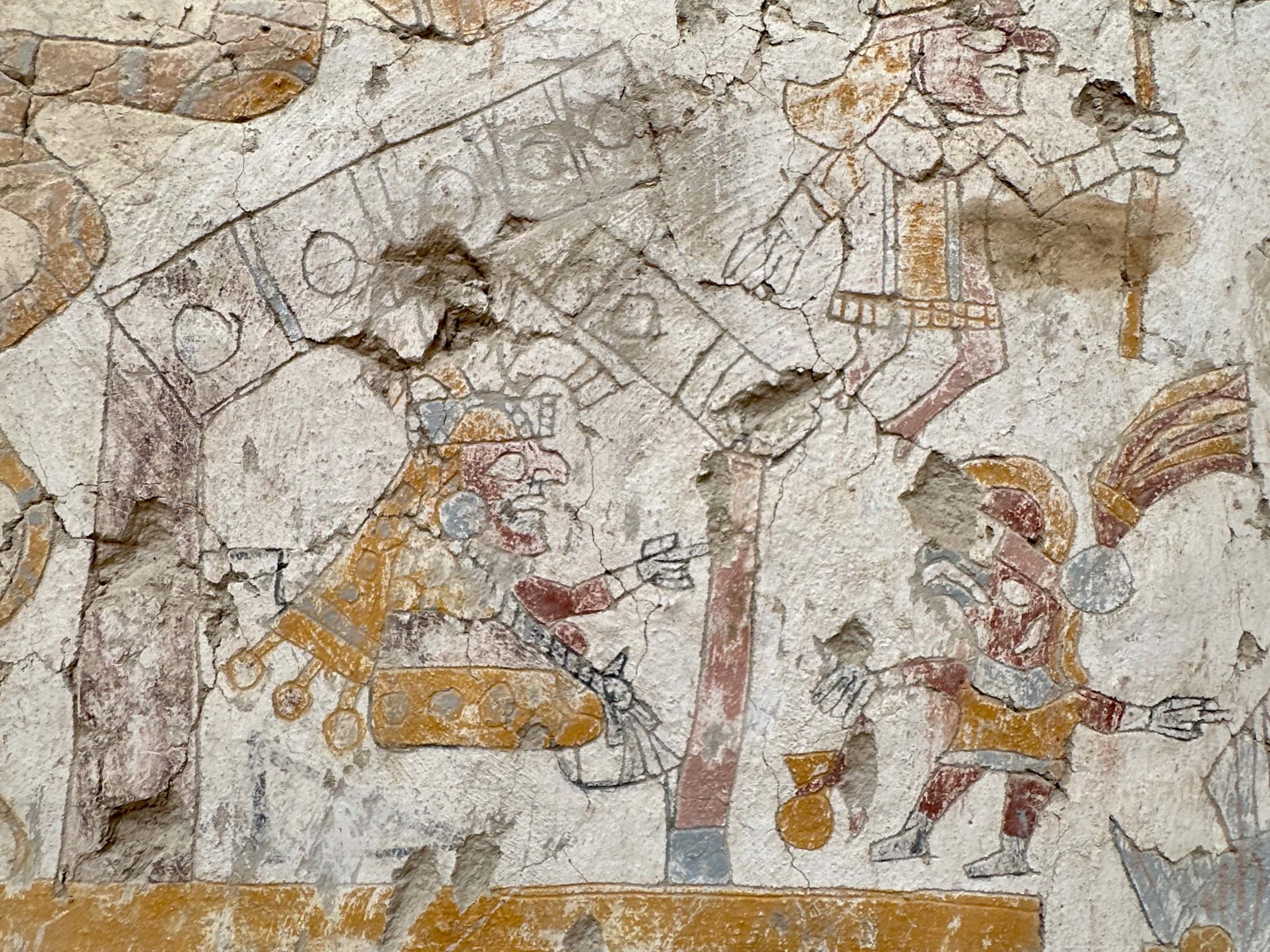Hidden beneath the East Coast of the United States lies the Chesapeake Bay impact crater, a colossal structure formed 35 million years ago when a massive asteroid struck the region. Spanning 25 miles in diameter, this crater is three times the size of the Grand Canyon, making it the largest known impact site in the U.S. and the 15th largest on Earth.
The asteroid’s collision unleashed an unimaginable force, causing fires, earthquakes, molten glass rain, and a tsunami that reshaped the ancient landscape. Debris from the impact was scattered over 4 million square miles, forming what researchers call the North American tektite strewn field, a layer of natural glass and shocked minerals created during the event.
Discovered in the 1990s through scientific drilling, the crater remained an enigma until a recent study employed advanced techniques to date its formation and analyze the materials ejected during the impact. Researchers from Arizona State University (ASU) and international collaborators published their findings in Meteoritics & Planetary Science, shedding new light on the crater’s significance and the global effects of asteroid impacts.
The Science Behind the Discovery
The research team relied on zircon crystals, microscopic minerals that preserve evidence of the extreme pressures and temperatures caused by asteroid impacts. These crystals, thinner than a human hair, were extracted from sediments collected 250 miles northeast of the impact site in the Atlantic Ocean.
“Key to our investigation were zircon — or more precisely: zirconium silicate — crystals found in oceanic sediments of a borehole almost 400 kilometers northeast of the impact site,” explained Jo-Anne Wartho, one of the study’s co-authors. These crystals were analyzed using the uranium-thorium-helium dating method, a cutting-edge technique that enabled the team to determine the precise age of the crater.
The research highlighted the viability of this dating method for studying other impact structures, particularly in cases where sample sizes are small or where materials cooled rapidly after being ejected. “This research adds a tool for investigators dating terrestrial impact structures,” said lead researcher Marc Biren.
Key Facts About the Chesapeake Bay Crater
| Aspect | Details |
|---|---|
| Diameter | 25 miles |
| Size Comparison | 3x larger than the Grand Canyon |
| Age | 35 million years |
| Strewn Field Area | 4 million square miles |
| Ejecta Distance | Up to 250 miles from the impact site |
| Discovery Year | Early 1990s (via scientific drilling) |


Why Impact Events Matter
Asteroid impacts like the one that created the Chesapeake Bay crater have played a profound role in shaping Earth’s geological and biological history. “Determining accurate and precise ages of impact events is vital in our understanding of Earth’s history,” said Biren.
The importance of such events is underscored by their link to significant evolutionary and extinction milestones. For instance, the 65-million-year-old Chicxulub crater in Mexico is famously associated with the extinction of the dinosaurs. Similarly, the Chesapeake Bay impact likely had far-reaching effects on the planet’s ecosystems, influencing both the climate and the geological record.
The findings also demonstrate how asteroid impacts have left a lasting imprint on Earth’s surface and highlight the need for continued research into their occurrence and consequences.
A Glimpse Into Earth’s Turbulent Past
This discovery adds a new chapter to our understanding of Earth’s dynamic history. By analyzing the Chesapeake Bay crater and its materials, scientists have gained valuable insights into the planet’s evolution and resilience in the face of catastrophic events.
“The scientific community has realized the importance of impact events on Earth’s geological and biological history,” Biren noted, emphasizing how these findings contribute to broader research.
As researchers refine their methods and explore additional sites, the study of impact craters promises to uncover even more about the forces that shaped our planet. For now, the Chesapeake Bay crater serves as a vivid reminder of Earth’s turbulent past and the enduring legacy of asteroid collisions.
This remarkable discovery not only deepens our understanding of history but also highlights the importance of preparedness for future asteroid events, ensuring the safety of life on Earth for generations to come.
Got a reaction? Share your thoughts in the comments
Enjoyed this article? Subscribe to our free newsletter for engaging stories, exclusive content, and the latest news.









Leave a Comment